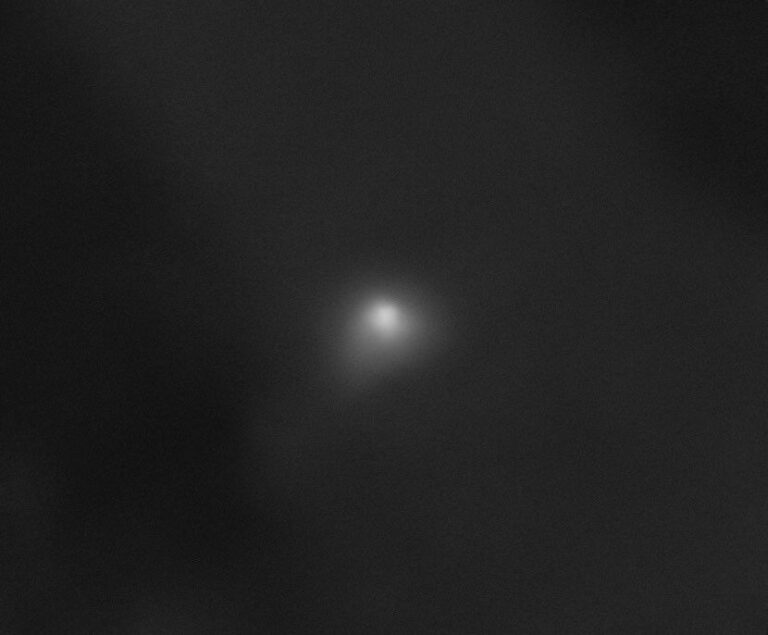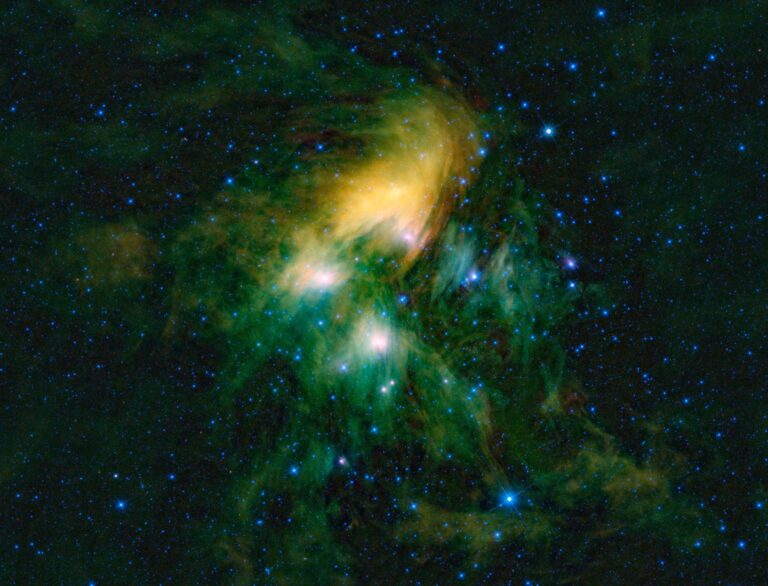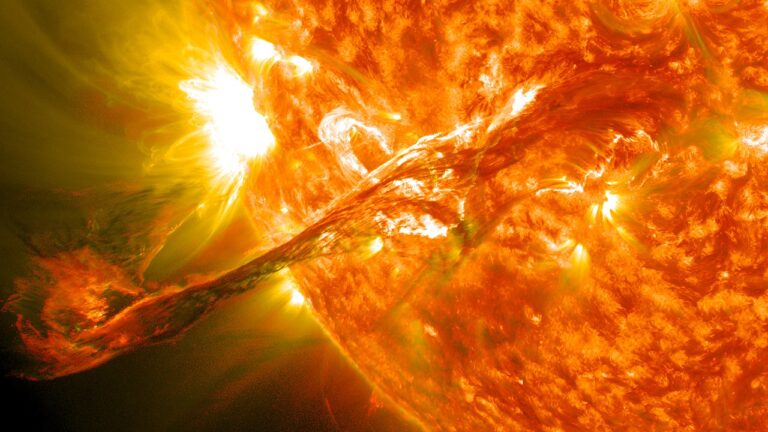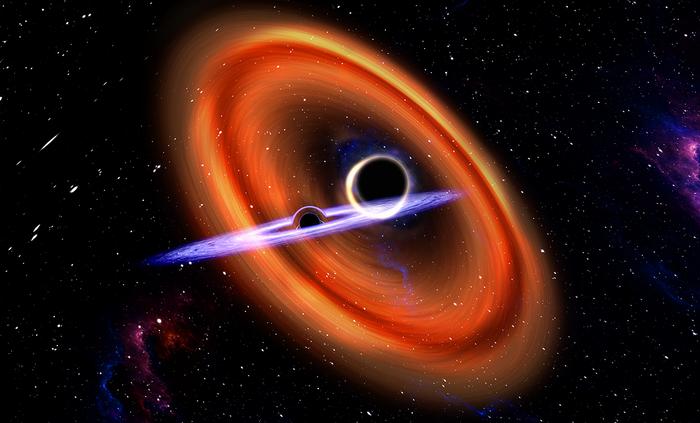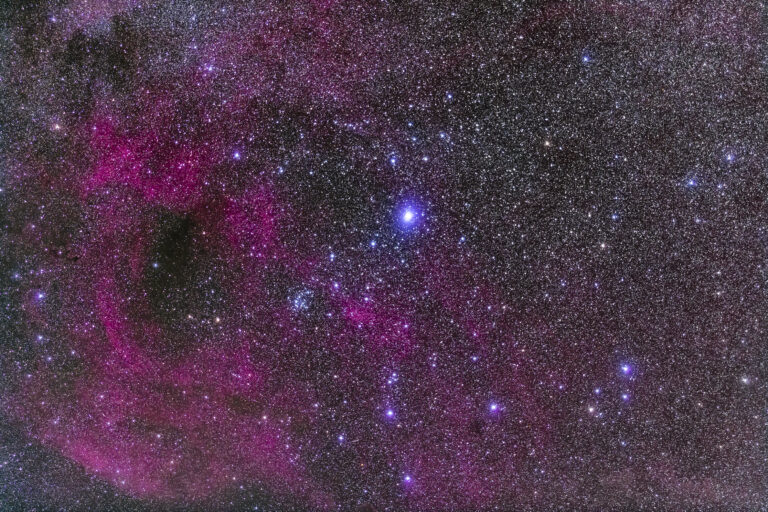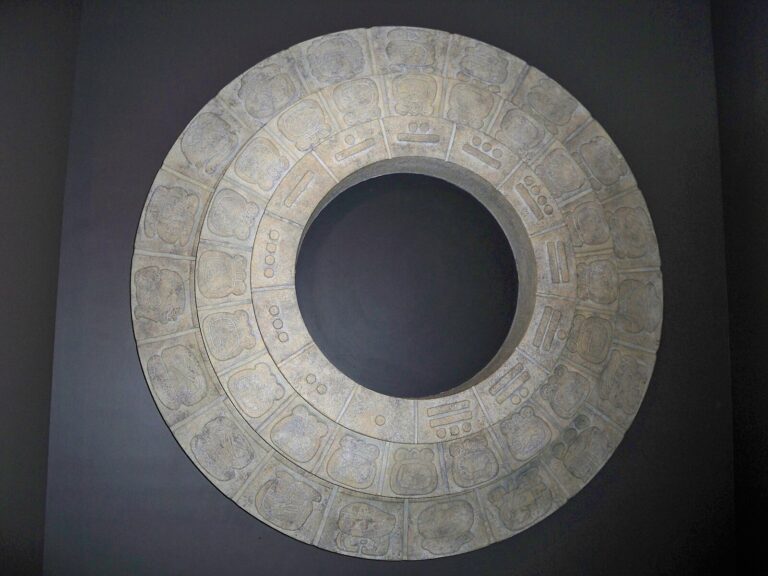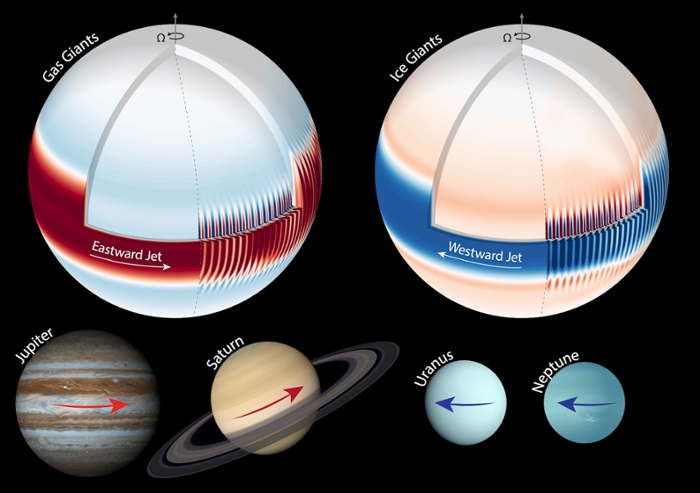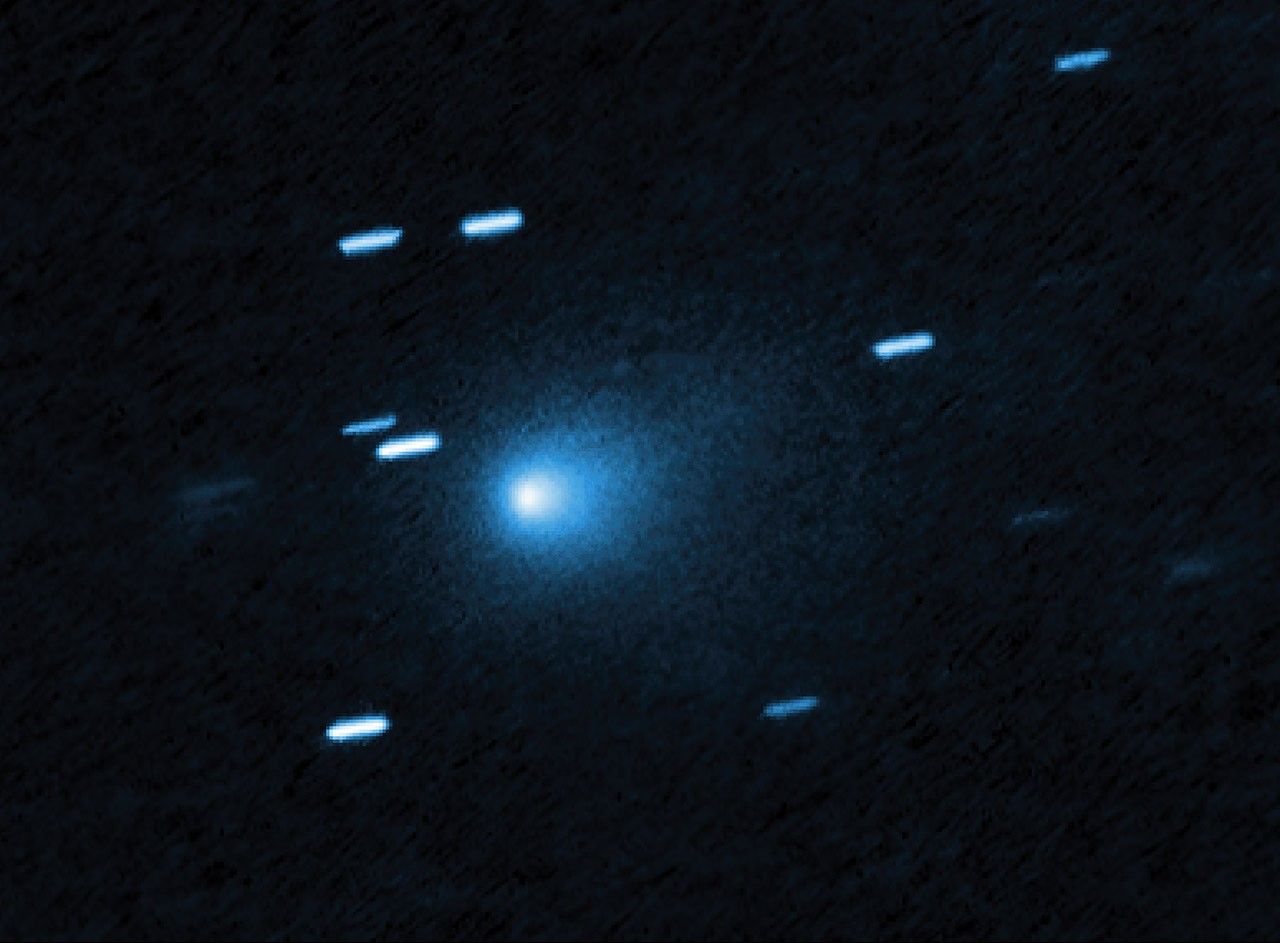
Key Takeaways:
- Interstellar Comet 3I/ATLAS will reach perihelion, its closest approach to the Sun, on October 30, 2025, marking the climax of its brief, hyperbolic trajectory through our solar system before its permanent departure.
- A surprising detection of water vapor, identified by its hydroxyl byproduct, was made by NASA's Neil Gehrels Swift Observatory when the comet was at a distance from the Sun usually insufficient for such activity.
- A wide array of Earth-orbiting and interplanetary spacecraft, including the Hubble Space Telescope, James Webb Space Telescope, and Mars exploration assets, are conducting ad hoc observations to study the comet's composition and behavior.
- Future observational opportunities include ESA's JUICE spacecraft providing the best view of perihelion, heliophysics observatories monitoring its interaction with the Sun, and Europa Clipper potentially sampling its plasma tail.
Comet 3I/ATLAS is hitting a major milestone on Oct. 30, 2025. The interstellar comet is reaching perihelion, its closest point to our Sun, marking the climax of its brief journey through our solar system.
A watery surprise
This milestone follows the recent discovery of water vapor being released from the comet. Using NASA’s Neil Gehrels Swift Observatory to see in ultraviolet light, scientists detected the chemical fingerprint of hydroxyl (OH), a byproduct of water broken apart by sunlight. The finding was surprising because 3I/ATLAS was actively releasing water while nearly three times as far from the Sun as Earth, a distance where sunlight is usually too weak for such activity.
Closest approach to the Sun
Today, 3I/ATLAS is diving to within 1.4 astronomical units (AU) of the Sun, or approximately 130 million miles (210 million kilometers). (One AU is the average Earth-Sun distance.) This path brings it just inside the orbit of Mars, subjecting the comet to the most intense solar radiation it will experience on its journey. This heating is what has made it active, releasing the gas and dust that have allowed astronomers to study its composition.
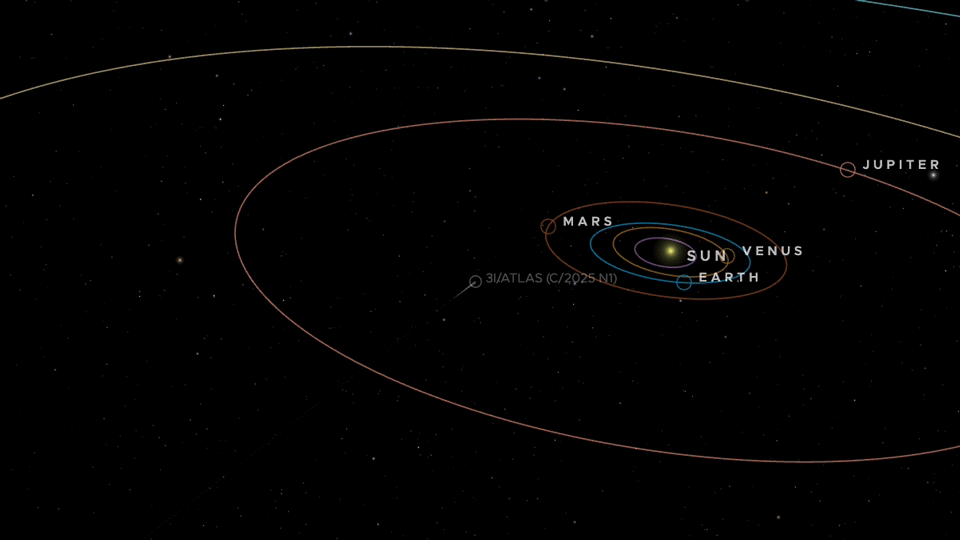
As of late September, 3I/ATLAS had moved too close to the Sun in our sky to be observed from Earth against the solar glare. However, this celestial disappearing act is temporary. The comet is expected to re-emerge and become visible once again to ground-based telescopes by mid-November.
All eyes on 3I/ATLAS
While the comet is invisible from Earth, it is far from unobserved. NASA has identified a large fleet of its missions working to track the interstellar visitor. This campaign includes the Earth-orbiting Hubble Space Telescope; the James Webb Space Telescope; the Neil Gehrels Swift Observatory; the Spectro-Photometer for the History of the Universe, Epoch of Reionization and Ices Explorer (SPHEREx) mission; the Polarimeter to Unify the Corona and Heliosphere (PUNCH); and the Transiting Exoplanet Survey Satellite (TESS). A host of interplanetary probes will also take part: Psyche; Lucy; Europa Clipper; and assets at Mars, including the Perseverance and Curiosity rovers.
A paper intended for submission to New Astronomy and posted to the arXiv preprint server details one potential strategy for this campaign, highlighting when specific spacecraft will be able to view the comet and what sort of data they might collect. The authors note that since no mission was launched specifically for this comet, these are ad hoc observations using spacecraft for a purpose they weren’t built for, simply because they are in the right place at the right time. They hope these observations will reveal more details about the comet’s chemical composition, chart its behavior as it interacts with the Sun, and provide clues to its origin from outside our solar system.
Several key encounters have already occurred. On Sept. 4, the Psyche spacecraft had its closest approach. This was followed by a prime observation window on Oct. 3, when 3I/ATLAS passed the martian flotilla — a group including NASA’s Mars Reconnaissance Orbiter (MRO) and Mars Atmosphere and Volatile EvolutioN (MAVEN), alongside ESA’s ExoMars Trace Gas Orbiter (TGO) and the United Arab Emirates’ Hope orbiter. In fact, ESA confirmed that ExoMars successfully captured images of the comet’s fuzzy coma as it passed.
Future observing opportunities
Looking ahead, the paper notes the best view of the perihelion passage itself should come from ESA’s Jupiter Icy Moons Explorer (Juice) spacecraft, which the comet approaches most closely Nov. 4. The authors also identify an opportunity for heliophysics observatories like the Parker Solar Probe, the Solar and Heliospheric Observatory (SOHO), and Solar Orbiter to monitor the comet as it passes close to the Sun. Finally, the paper suggests the Europa Clipper, Hera, and Lucy spacecraft are positioned to potentially pass through the comet’s plasma tail. While Hera and Lucy can only observe what conditions are like as they pass through, Europa Clipper carries instruments onboard that may offer a rare opportunity to directly sample its material.
3I/ATLAS is on its way out; after it swings past the Sun, it will continue its journey, passing Jupiter in March 2026 and then heading back into the vastness of interstellar space, never to return. Therefore, it is crucial to gather as much information as possible now, as this is our only opportunity to study this unique interstellar visitor.

